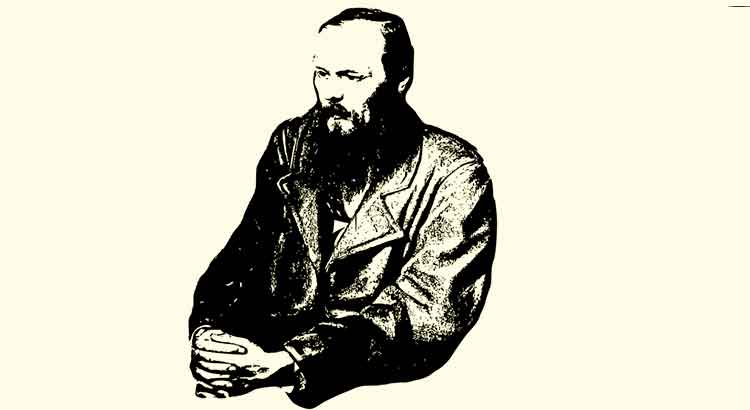Proverbials are criticisms of Dostoevsky’s style. Not only the Russians but also those who do not know the language usually say Dostoevsky is prolix, imprecise and many other things, taxing his texts as badly written or badly finished. Of these, however, most recognize the immense value of Dostoevsky’s work, which raises an interesting question. Hemingway, in A Moveable Feast, puts it in the following terms: “How can a man write so badly, so unbelievably badly, and make you feel so deeply?” The answer is simple: what is in Dostoevsky’s work goes beyond the artistic technique. On this one, I keep the numerous caveats to the so unbelievably badly for when I am able to read in Russian—caution, by the way, that Hemingway did not have. But the question exposes another even more interesting: what is the purpose of art? how does great art manifest itself? And the critics who judge the essence of art to reside in technique are wrong. Great art stands out, primarily, for the power of expression, for the effect it is capable of generating. And style, technique, form are accessories that contribute to the creation of this effect, many times amplifying the expressiveness of the artistic work. Different intentions, different techniques… And distinguishing the essential, it is possible to understand how authors of styles as disparate as Hemingway and Dostoevsky manage, both, to deliver us works of enormous value.
____________
Read more:
